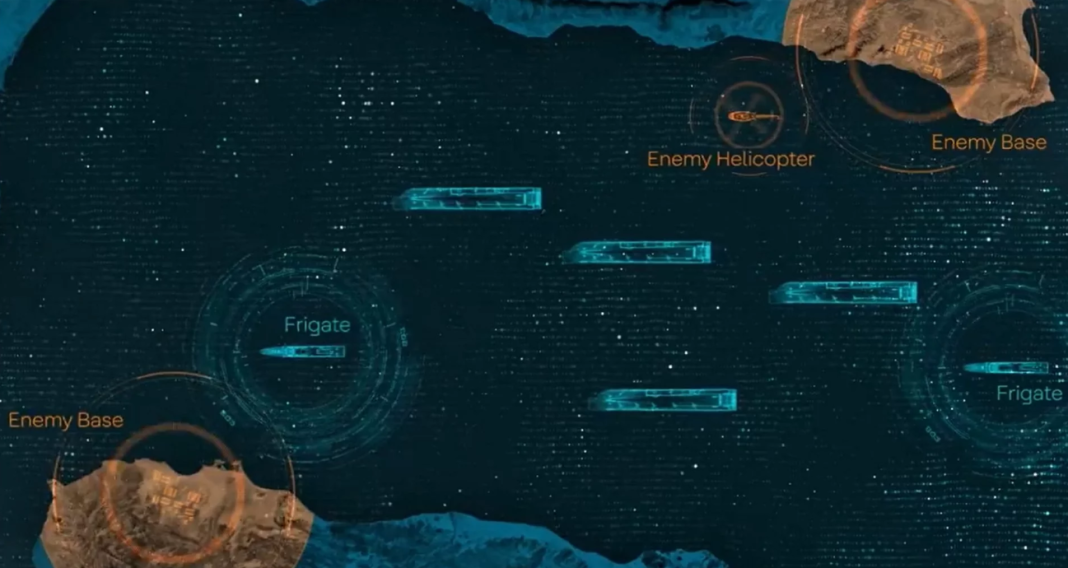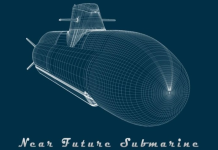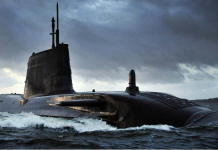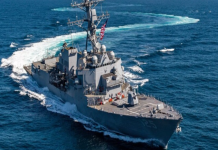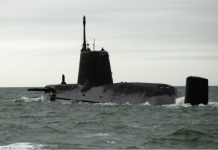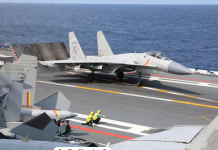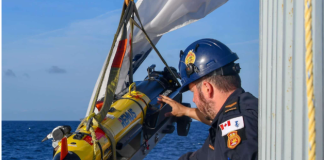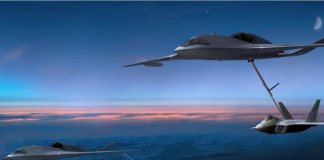At Euronaval, the premier naval industry event held in Paris, Indra has unveiled a new signals intelligence (SIGINT) solution designed to enhance naval vessel protection. This SIGINT system has been crafted to adapt to the specifications of various military vessels, offering comprehensive detection of radar and communication signals within the ship’s environment to alert the crew to potential threats.
Indra’s new SIGINT system is notable for its compact dimensions, reduced weight, and optimized power consumption, enabling it to be installed on a wide array of naval vessels, from aging patrol boats to modernized warships. This innovation expands the scope of SIGINT technology, which was once reserved for specialized or high-tech vessels, to a broader spectrum of ships. The streamlined design allows for easy integration, even on ships with minimal electronic infrastructure, while also being able to network seamlessly with more complex sensor arrays on advanced warships.
One of the core benefits of Indra’s SIGINT system is its fully automated functionality. The system’s processes for threat detection, analysis, classification, and identification have been designed to require minimal operator input, making it user-friendly and reliable under high-stress situations. By monitoring both radar and communications signals, the system continuously assesses potential threats by comparing detected signals with a robust, built-in library. This ensures quick identification of friend or foe radar and communications systems.
Indra’s longstanding partnerships with global shipyards and navies have greatly influenced the development of its SIGINT technology. The company’s systems are already installed on high-profile vessels such as the F100 frigates and the LHD Juan Carlos I of the Spanish Navy, and Indra is currently developing sensors for Spain’s upcoming F110 frigates. These sensors, to be housed within an integrated mast designed for stealth, will further advance the ship’s radar reduction capabilities.
The new SIGINT system provides robust situational awareness by monitoring the entire electromagnetic spectrum and detecting low-probability intercept (LPI) signals. These signals, often used by stealthy vessels like submarines, are challenging to detect but vital for identifying adversaries attempting to operate covertly. Indra’s extensive signal library enhances the system’s threat-detection capabilities, as it can quickly classify various radar and communication profiles to inform the crew about nearby hostile or suspicious units.
Signals Intelligence (SIGINT) plays a crucial role in the naval sector by intercepting and analyzing electronic signals to gain insights into adversaries’ activities, capabilities, and intentions. This intelligence is essential for maritime operations, as it enables navies to monitor communications, radar emissions, and other electronic signals, providing a real-time picture of potential threats.
Naval SIGINT has evolved significantly over time. During World War II, High-Frequency Direction Finding (HF/DF), also known as “huff-duff,” enabled Allied forces to locate enemy submarines by intercepting radio transmissions. This early technology paved the way for modern SIGINT systems, which today have become highly advanced. For instance, the U.S. Navy’s AN/SLQ-32 system allows ships to detect and classify enemy radars and communication signals, enhancing electronic support measures.

